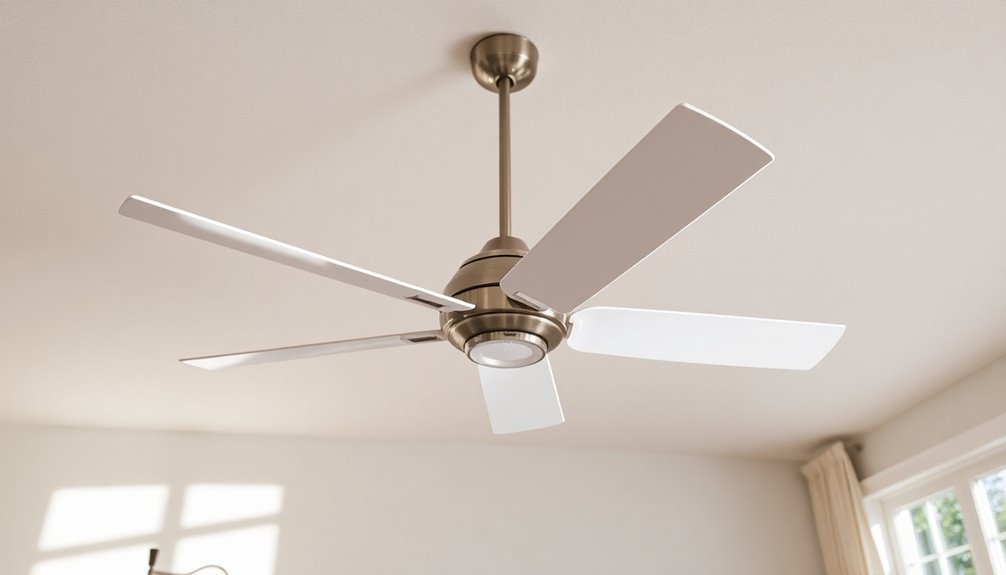Choosing the right ceiling fan isn’t just about style—it’s about comfort, airflow efficiency, and making sure your fan actually does its job. One of the most common questions homeowners ask is:
“What size ceiling fan do I need for my room?”
That’s where our Ceiling Fan Room-Size, CFM & Downrod Calculator comes in. With just a few quick inputs, you’ll know exactly what blade span, airflow (CFM), and downrod length work best for your space.
Why Fan Sizing Matters
- Airflow & Comfort – A fan that’s too small won’t move enough air, while one that’s too large may overwhelm the space.
- Energy Efficiency – Correct sizing helps you get the most cooling power with the least energy use.
- Room Aesthetics – Proportions matter; a well-sized fan looks natural and enhances your décor.
- Ceiling Height & Safety – The right downrod length ensures your fan hangs at the optimal height for both airflow and clearance.
How to Use the Calculator
- Enter your room length and width (in feet or meters).
- Add your ceiling height.
- Select your room type (bedroom, living room, kitchen, outdoor).
- Choose your climate/comfort preference (normal, warm, very warm).
- Hit “Calculate” to see your recommended blade span, CFM target, and downrod size.
Try the Calculator
⬇️ Use the interactive tool below to find your perfect ceiling fan size:
Results
Good / Better / Best Picks
Quick Reference Fan Sizing Guide
Even without the calculator, here are some general guidelines:
- Up to 75 sq ft → 29–36″ fan
- 76–144 sq ft → 36–42″ fan
- 145–225 sq ft → 44–50″ fan
- 226–400 sq ft → 50–56″ fan
- 400+ sq ft → 56–72″ fan (or 2 smaller fans)
Final Thoughts
Ceiling fans are one of the easiest ways to increase comfort while reducing energy costs—but only if you get the size right. Use our calculator to take the guesswork out of shopping and make sure your next fan is the perfect match for your room.









